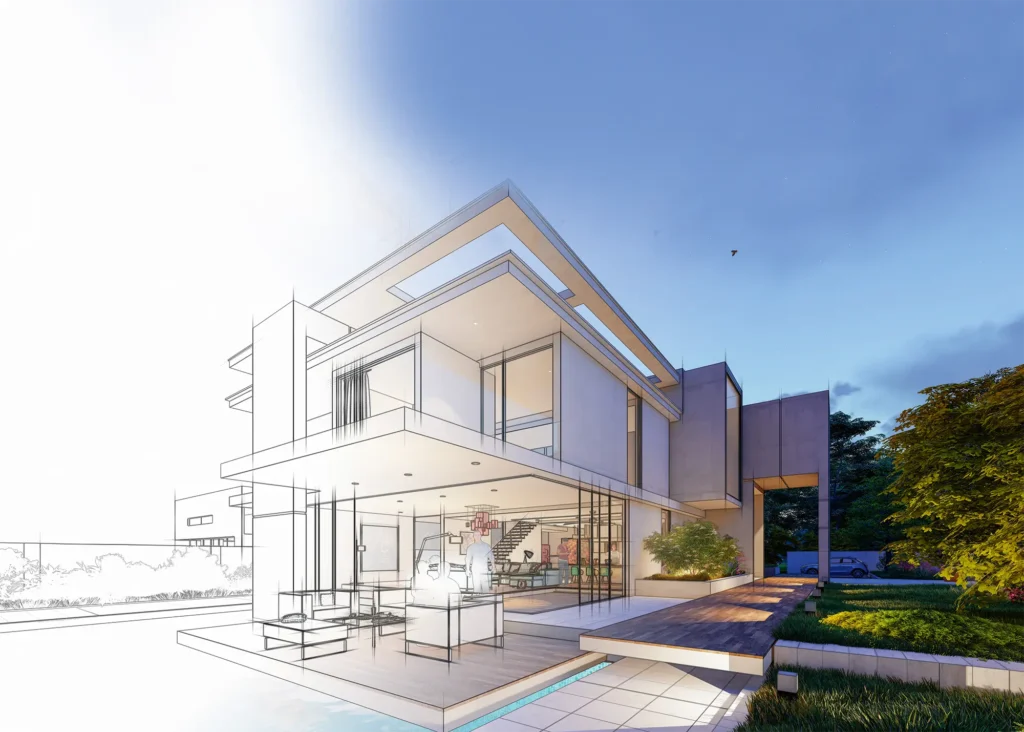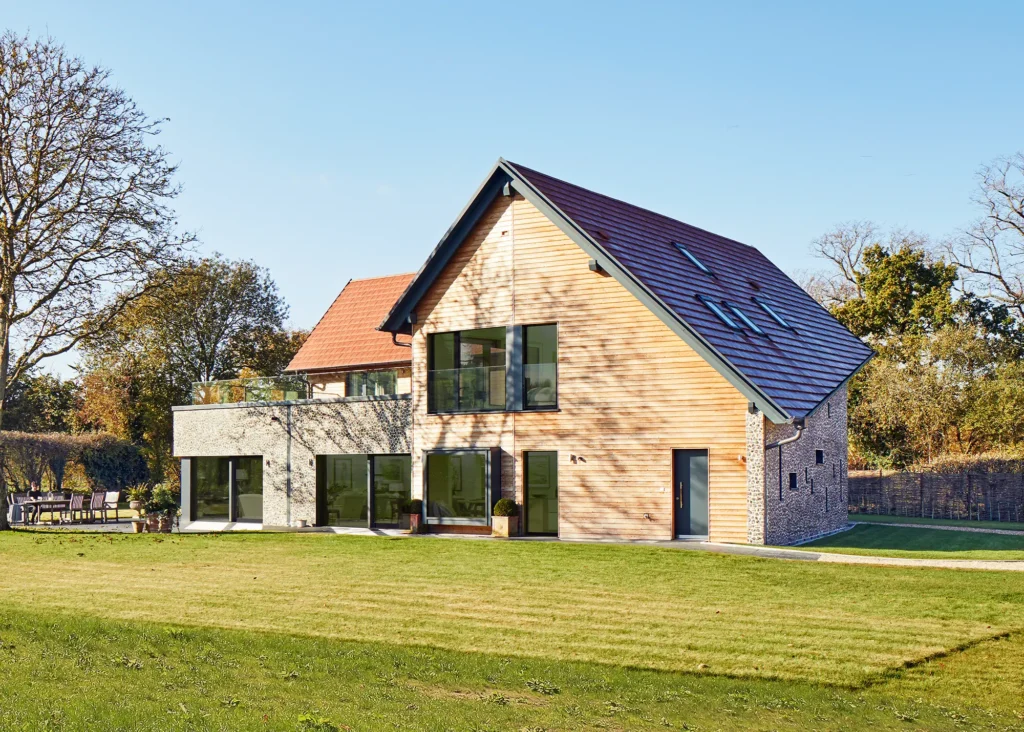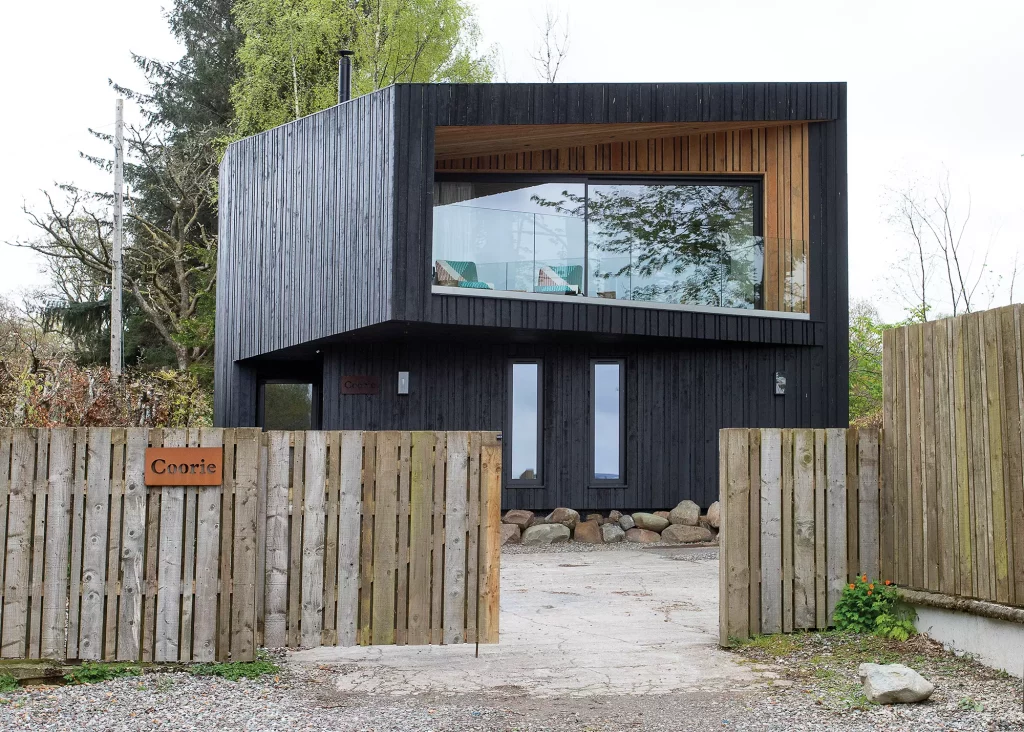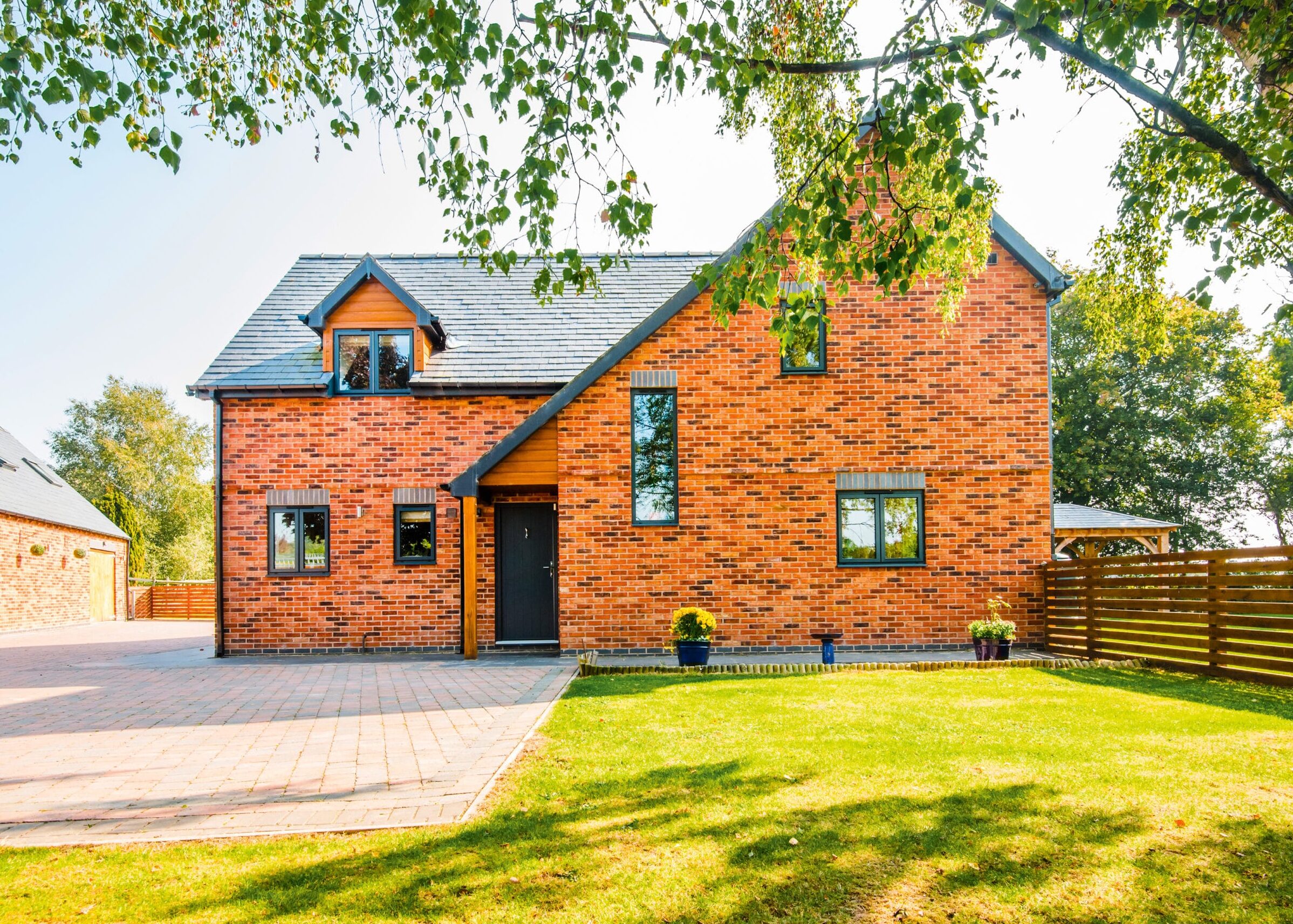
Early Bird Offer! Free tickets to meet independent experts at this summer's Build It Live
Save £24 - Book Now!
Early Bird Offer! Free tickets to meet independent experts at this summer's Build It Live
Save £24 - Book Now!You’ve achieved planning permission for the home of your dreams, but the proposed building costs are just way over budget. What do you do? Do you try and find more builders to bid? Or do you go back to the drawing board and attempt another design?
The first step is to understand why they’ve come in too high, as there could be a myriad of reasons. Here, I’m looking at the main factors that could be impacting on your quotes – and what you can do about it.
It is essential to use an architect or professional home designer who fully understands your aims and building costs budget. Sadly, we often come across clients who have plans that they cannot afford. While it is worth remembering that an architect’s skill and passion is in design, sometimes they get carried away with creating something that will look beautiful and be functionally perfect, but it exceeds your budget.
If this is the case, then the designs that you have paid for will need to be changed, incurring further costs. The best solution is to avoid this in the first place by working with an architect who builds regular cost-checks into the pre-planning design process.
The cost of your project depends on the characteristics specified by your instruction and the architect’s proposal. The design options of buildings are limitless, but if your project is particularly complex or requires specialised skills or equipment, builders may need to charge more to cover these points.
Learn More: House Design: How to Transform Your Plans into a Buildable Reality

An amazing home design with lots of complex features, such as cantilevered roofs and a swim-up pool, might look striking on paper, but does it fit to your budget?
The shape, size and complexity of your project’s design will greatly impact the construction costs. For example, larger buildings with simple, rectangular, regular floor plans and elevations will be less expensive per m2 than smaller, unusually-shaped, curved or angular buildings. If you have specific design preferences or unique requests, they are likely to come at a higher cost.
Your choice of construction team is a deciding success factor for any project and their work should reflect your priorities. There are architects and builders that are used to planning small home extensions and others who specialise in multi-million-pound builds. Make sure your build team are suited to your project plans, as they could charge a higher rate if they usually offer more premium services than you require.
As is the case in all sectors, certain trades simply cost more than others. Ensure you do your research and appoint a team that fits with your plans. Talk to a trade’s previous clients to get more insight into what they’re like to work with.
The more accurate and comprehensive your tender brief, the more likely you will get the best builders’ quotes. They may have included a comprehensive scope of work, covering all aspects of the project, while you might have a different, less detailed or smaller scope in mind. Compare the details of what is included in each quote.
More Expert Advice: How to Get Realistic Quotes from Builders

One of the benefits of going down the design and build (also known as package home) route is that you’ll have cost certainty from the outset. This timber frame project was supplied by Baufritz
Equally, if you cannot provide a detailed specification for quotes to be based on then builders may be overestimating for certain elements of your build. Remember that going by assumption only breeds confusion or misinterpretation.
Quality is an important consideration and will be remembered long after the cost is forgotten. A project can be completed on time and within a specified budget, but if the finished quality you wanted to achieve is compromised, you will live with it and regret it for a long time.
The choice of materials you use can significantly impact the cost. If the builder is proposing higher-quality materials or finishes than you initially considered, it will drive up the overall price. So, make sure that your tender documents/plans specify your quality requirements. For instance, do you need or want gold taps?
You can complete your scheme in a number of ways. In a traditional procurement method, a client typically appoints consultants to do the design, selects a contractor, and oversees the work until completion. This is likely to produce a favourable outcome on most projects.
The design and build route involves a contractor providing architectural plans and construction in one contract. This offers a competitively priced project to be completed within a specified time frame.

Dene and Debbie Happell have created this contemporary timber frame home in the Trossachs National Park, which pleased local planners following its sympathetic materials and striking design. Completed alongside Cameron Webster Architects and built using Fleming Homes’ timber frame shell, the build cost them a total of £190,000. Photo: Douglas Gibbs
While each has pros and cons, the cost implications will depend on your choices. The overriding factor of cost/quality/time should help you to choose your route. Ensure you do sufficient research and choose a solution that is within your budget.
The construction market is sensitive to changes in the economic outlook. Things that are happening at the time of your project can have an influence on pricing. Remember, construction activities flourish during economic growth but suffer during downturns. Therefore, if demand is high or there are supply chain disruptions, prices for materials and labour may rise.
Equally, skilled labour is a big cost in any construction project. You may find that your quotes include prices for higher wages for experienced workers, all adding to your quote. It’s therefore a good idea to keep up to date with the state of the markets and know the longer-term view.
Read More: Buying Building Materials: Quantities, Quality & Lead Times
Construction costs can vary depending on your location. Urban areas tend to have higher labour and material costs than the countryside, however rural locations can demand higher delivery costs. Builders must adhere to local building codes and regulations, which can also vary.
Compliance with these standards may require additional work or materials, again driving up costs. Check out where the local merchants are. Do they stock what you will need? And are there any common local planning constraints that could mean buying higher quality materials than you’d expected?

Leanne Player was the winner of the Build It Award 2022 for Best Self Build for Under £250k. This affordable self build project was completed for under £170,000. After planning was granted, the timber frame build took 12 months to complete. Photo: Camilla Reynolds
Builders often include a contingency fund in their quotes to cover unexpected issues that may arise during the works. If your project is in an older quirky building or could have potentially unknown structural problems, this contingency fund may be higher. Ensuring as much as possible is outlined in the plans and budget will mitigate any surprises.
Good contractors are often busy and their pricing will take into account the work they already have planned. However, there is the possibility that when builders do not fancy the work or are too busy, they’ll inflate prices.
If your preferred firm is too busy, it may be worth a conversation to agree to wait and get booked in at their more typical rate. Beware of builders that can start work immediately — you may have a cowboy on your hands. Always do your research.
